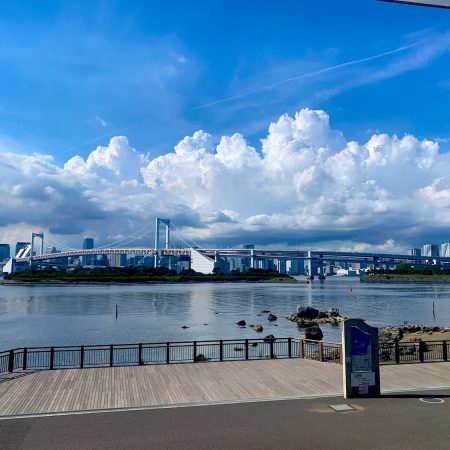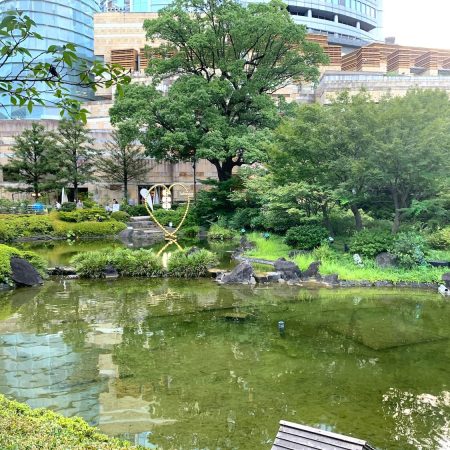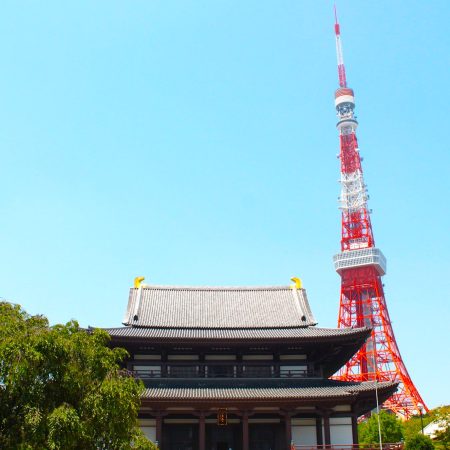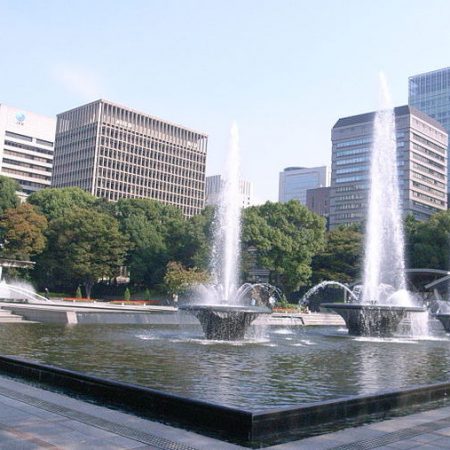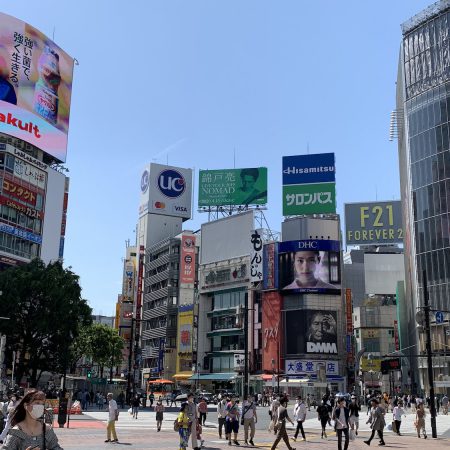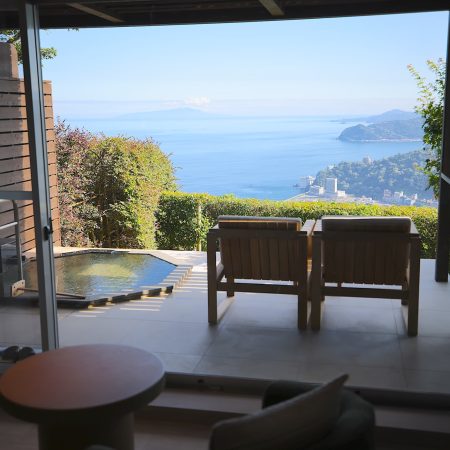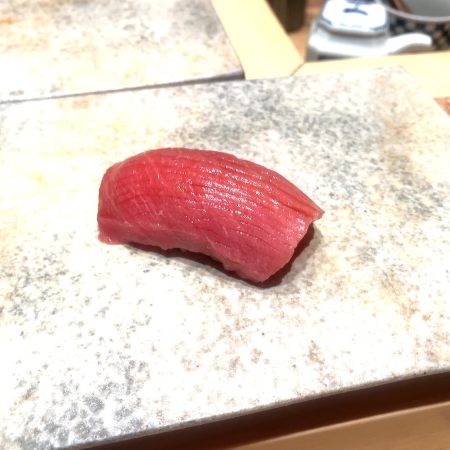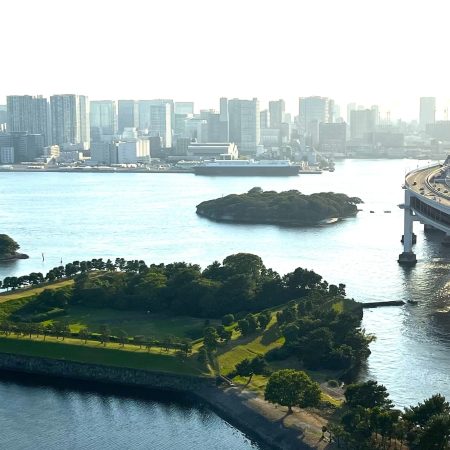In Japan, a rich tapestry of respect and gratitude weaves through the cultural fabric, binding the people to shrines and temples. Shrines, devoted to Shinto practices, stand as sacred abodes for deities, while temples, steeped in Buddhism, solemnly honor Buddhas and ancestors.
The unique convergence of Shinto and Buddhism finds expression in the Japanese tradition of visiting both, a phenomenon known as “Shinbutsu Shugo.” Navigating the spiritual landscape, etiquette becomes the compass, guiding each pilgrim through the prescribed rituals of shrines and temples.
Picture the scene: at shrines, a dance of respect unfolds – bowing twice, clapping twice, and a final bow, words of wishes and gratitude whispered to the awaiting deities. In the tranquil embrace of temples, a silent communion occurs, hands joined in reverence, gratitude conveyed to Buddhas and ancestors.
Tokyo, a city adorned with a myriad of these sanctuaries, beckons with each offering a unique charm and blessings. Amidst the diverse opinions on must-visit locations, Dishes Japan extends a curated list of ten places that encapsulate the essence of this spiritual journey.
Sensoji (浅草寺)
Discover the ancient history of Sensoji Temple, Tokyo’s oldest and most colorful temple, dating back to 628. Built in 645 to house the divine statue of Kannon, the temple stands as a symbol of resilience after its destruction in World War II. Step through the iconic Thunder Gate, explore Nakamise-dori’s vibrant shopping street, and witness the temple’s various gates and the grand pagoda. Beyond its historical significance, Sensoji Temple hosts festive events like the Sanja Matsuri, Asakusa Samba Carnival, and Hagoita-ichi throughout the year. Accessible by public transportation, it’s a must-visit for those seeking Tokyo’s rich culture and history.
Meiji Jingu (明治神宮)
Explore the serene oasis of Meiji Jingu, a Shinto shrine in the heart of Tokyo, built to honor Emperor Meiji and Empress Shoken. Rebuilt in 1958 after being destroyed in World War II, the shrine’s lush forest contrasts with the city’s urban chaos. Divided into Naien and Gaien, it features gardens, museums, and hosts festivals, ceremonies, and traditional Shinto weddings. Meiji Jingu is a cultural landmark, commemorating Japan’s founders and preserving Shinto traditions. A must-visit destination for those seeking Japan’s rich culture and history, accessible by JR Yamanote Line or Tokyo Metro.
Zojo-ji (増上寺)
Zojoji Temple, a historic hub in Tokyo dating back to 1393, was originally a nembutsu seminary for Jodo Shu. It played a vital role as the Tokugawa dynasty’s family temple during the Edo period. Despite destruction in World War II, the temple was restored and remains the main temple of the Jodo Shu sect. The Sanmon gate, built in 1622, symbolizes purity in Jodo Pure Land Buddhism and is an Important Cultural Property. While visitors can admire the gate, access to the second floor is restricted, where a statue of Shakyamuni and Edo period figures are housed.
Kanda Myojin Shrine (神田明神)
The Kanda Myoujin Shrine in Tokyo, dating back to 730 AD, is a historic Shinto shrine dedicated to three powerful gods. Surviving earthquakes and war, it’s been meticulously restored to its Edo period appearance. The shrine stands out with its vermilion-colored building adorned with gold and lacquered interiors. Notably, it offers talismans blessing electronic devices, attracting technophiles in Akihabara. The Kanda Matsuri, held every odd-numbered year in May, is a major draw, featuring a vibrant parade of over 200 portable shrines. Beyond its cultural and spiritual significance, the shrine symbolizes the connection between ancient and modern Tokyo, reflecting the city’s historical and technological evolution.
Yasukuni Shrine (靖国神社)
The Yasukuni Shrine in Tokyo is a Shinto shrine founded in 1869 to honor over 2.5 million individuals, including soldiers, workers, and animals, who supported Japan in various conflicts. Despite controversies over its connection to Japan’s militaristic past, the shrine remains significant, offering a chance to learn about Japan’s complex history and pay respects to those who sacrificed their lives. The shrine, associated with the Japanese Imperial family, enshrines not only human souls but also animals and war-related objects. The site includes a museum displaying artifacts and serene gardens for reflection, making it a unique cultural and historical destination.
Tsukiji Hongwanji (築地本願寺)
The Tsukiji Hongwanji temple in Tokyo, belonging to the Jodo Shinshu Hongwanji-ha denomination of Shin Buddhism, is a blend of traditional and modern influences. Initially built in the 12th century, it was relocated and rebuilt after fires and the Great Kanto earthquake. The temple’s architecture, modeled after ancient Buddhist structures, features intricate carvings. Visitors can explore various attractions, learn about its history, and witness its active role in social welfare. With over 10 million followers, it is one of Japan’s largest denominations. Located near Ginza, Tsukiji Market, and Hama-rikyu Gardens, the temple offers a unique cultural and historical experience.
Shinjuku Juniso Kumano-jinja Shrine (十二社熊野神社)
The Juniso Kumano Jinja shrine in Shinjuku, Tokyo, is a serene oasis amidst the bustling city. Enshrined in the Oei Era, it has a rich history tied to Suzuki Kuro and the deities of Junisho Gongen. The shrine features the haiden hall of worship, lush greenery, Juniso-ike ponds, and a grand waterfall. Once a hanamachi during the Edo period, it retained its significance despite changes in the Meiji era. Today, amidst Shinjuku’s skyscrapers, the shrine stands as a testament to Japan’s cultural heritage and is a must-visit historic site.
Suga Jinja (須賀神社)
The Suga Jinja shrine, famous for its appearance in the anime film “Your Name,” holds cultural and historical significance beyond its cinematic connection. Named after a mythological tale of Susano no Mikoto, the shrine has been a guardian of Yotsuya’s eighteen districts since the Edo period. Originally two separate shrines, Gozutennou and Inari, they merged during the Meiji Restoration. The shrine offers a serene ambiance, inviting visitors to appreciate its profound cultural and historical heritage, making it a must-visit destination for anime enthusiasts and those curious about Tokyo’s hidden treasures.
Ana Hachimangu Shrine (穴八幡宮)
The Ana Hachimangu Shrine near Waseda University in Tokyo has a history dating back to the early Edo period when a samurai created a sand hillock for archery practice. Enshrining the deity Hachiman, the shrine is known for its “ichiyo raifuku omamori” charm, offering good luck and business prosperity during the winter solstice. The charm is placed facing the lucky direction at specific times for maximum benefits. The shrine is also a cultural hotspot, hosting the Takadanobaba Yabusame horseback archery demonstration on Sports Day. Seeking good fortune and a cultural experience, visitors are encouraged to explore this remarkable shrine.
Nogi-jinja Shrine (乃木神社)
Visit Tokyo’s Nogi-jinja Shrine to experience the legendary tale of General Nogi Maresuke and his wife Shizuko. Located in Akasaka, the shrine offers a serene escape with lush gardens and traditional architecture, juxtaposed against the nearby Roppongi skyscrapers. Reflect on the couple’s unwavering devotion and explore unique features, including their former Western-style residence with personal belongings. Don’t miss the monthly flea market and cultural activities for a deeper understanding of the samurai spirit and Japanese values. The shrine showcases history, culture, and the enduring legacy of loyalty, duty, and sacrifice.


